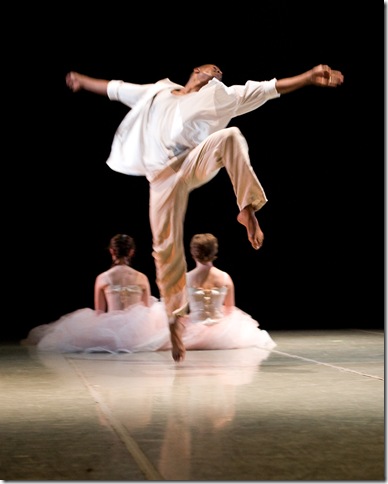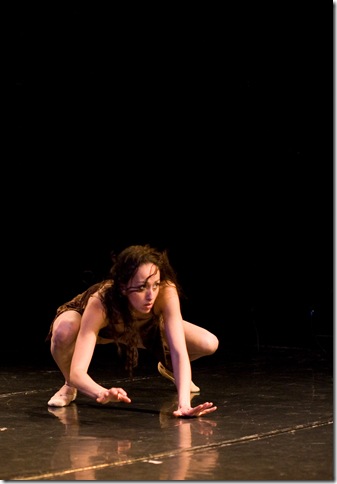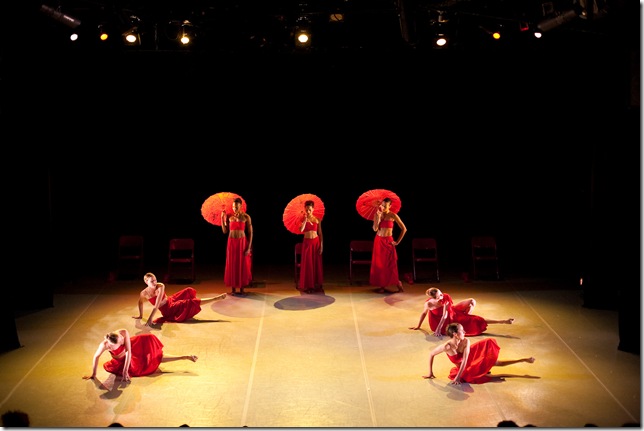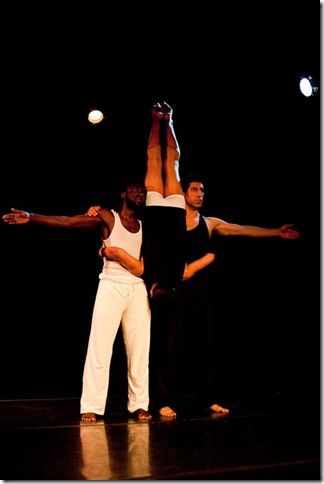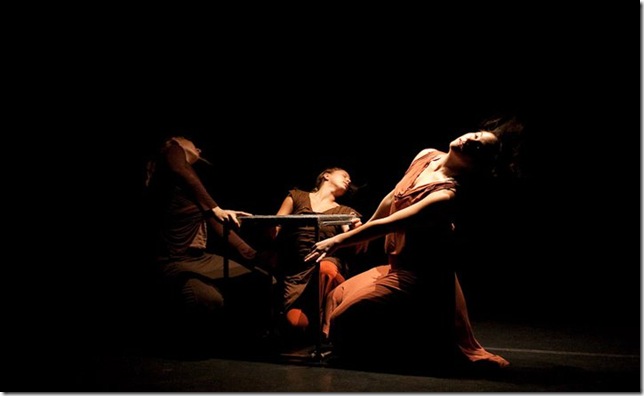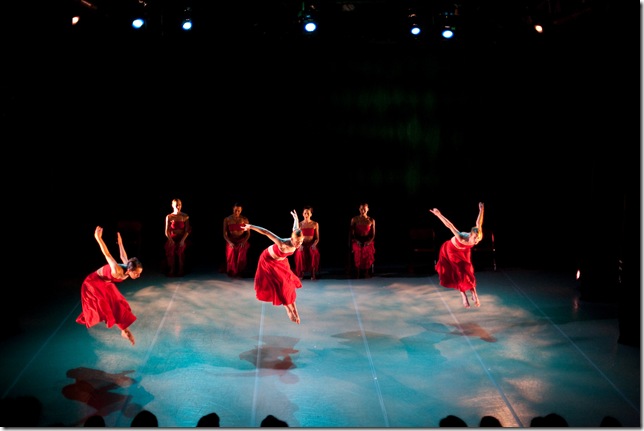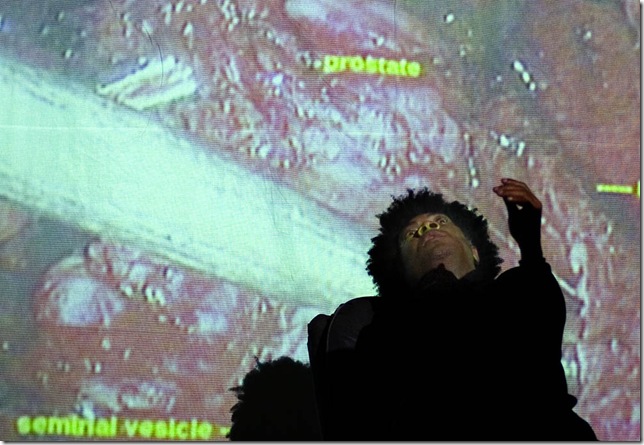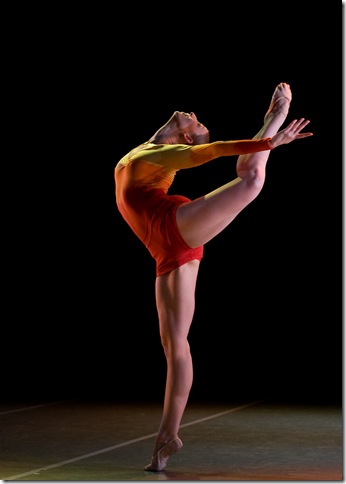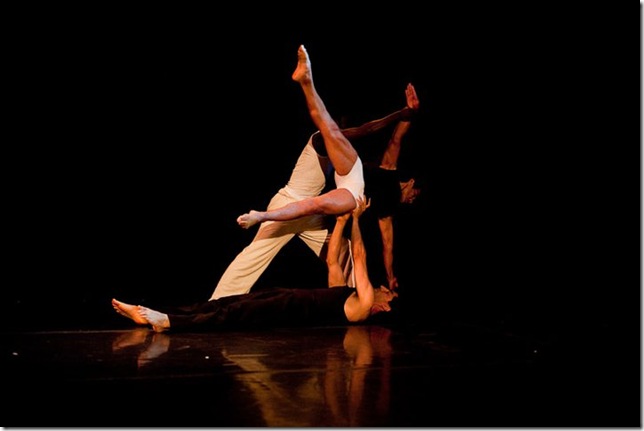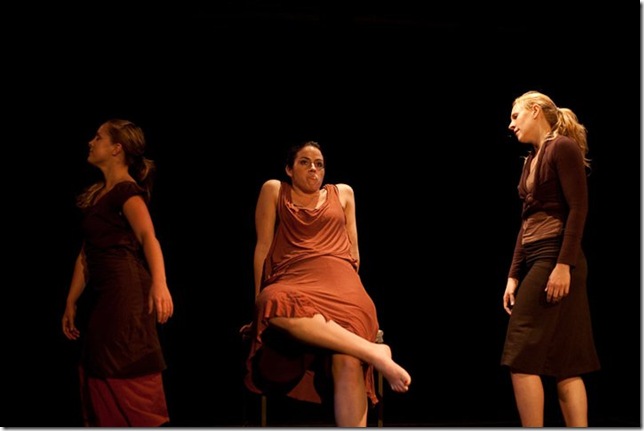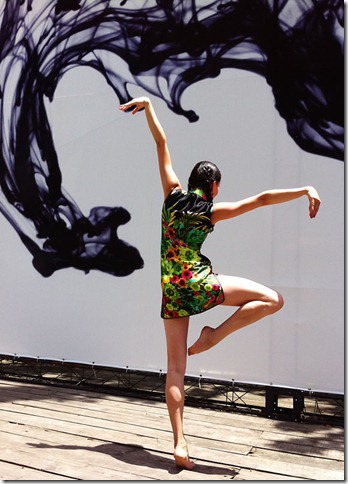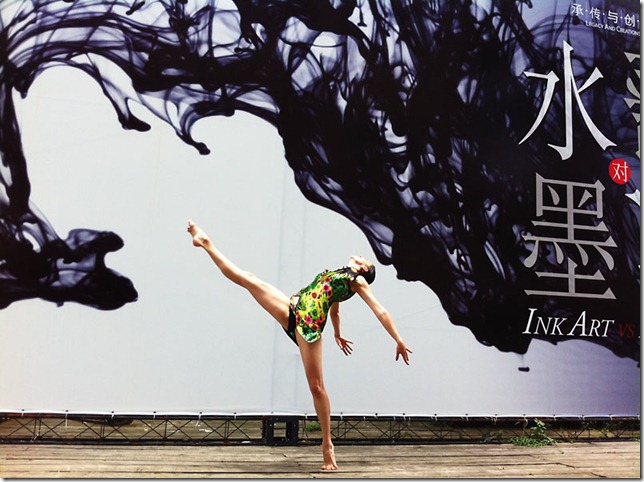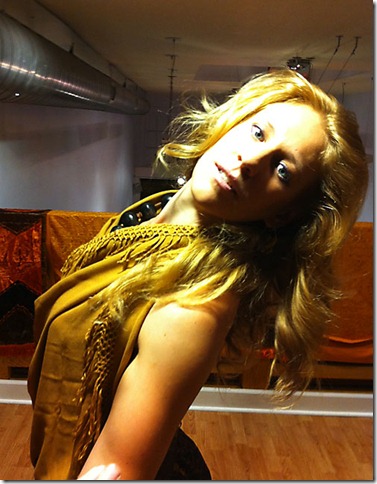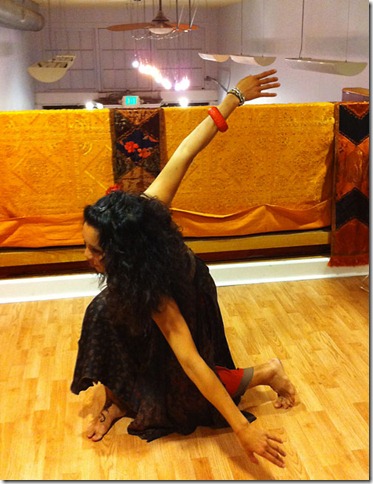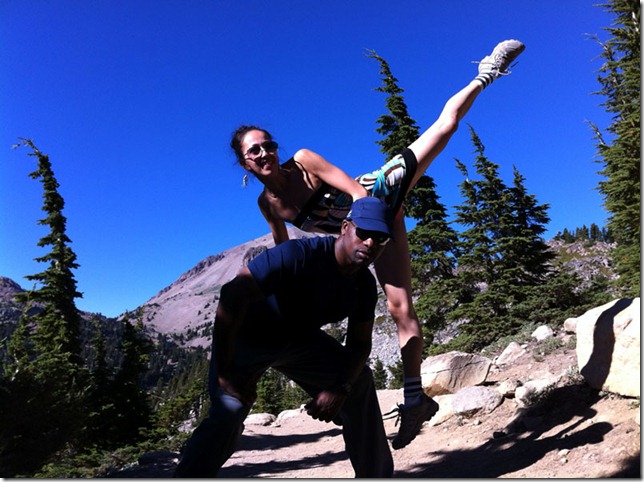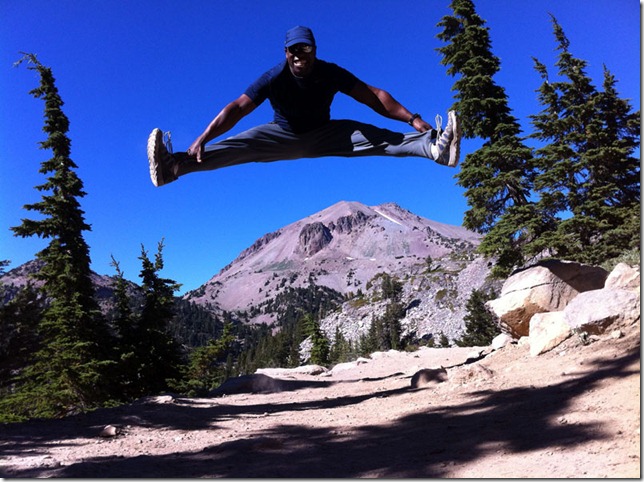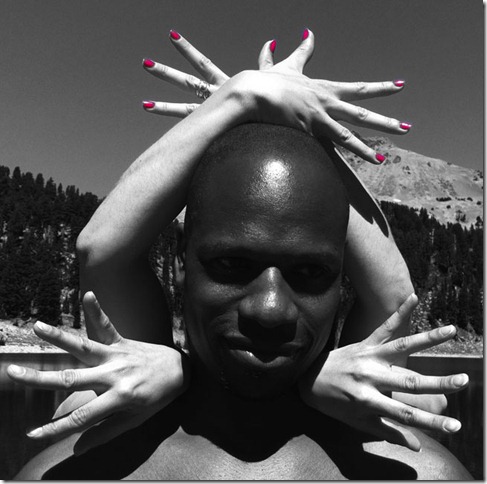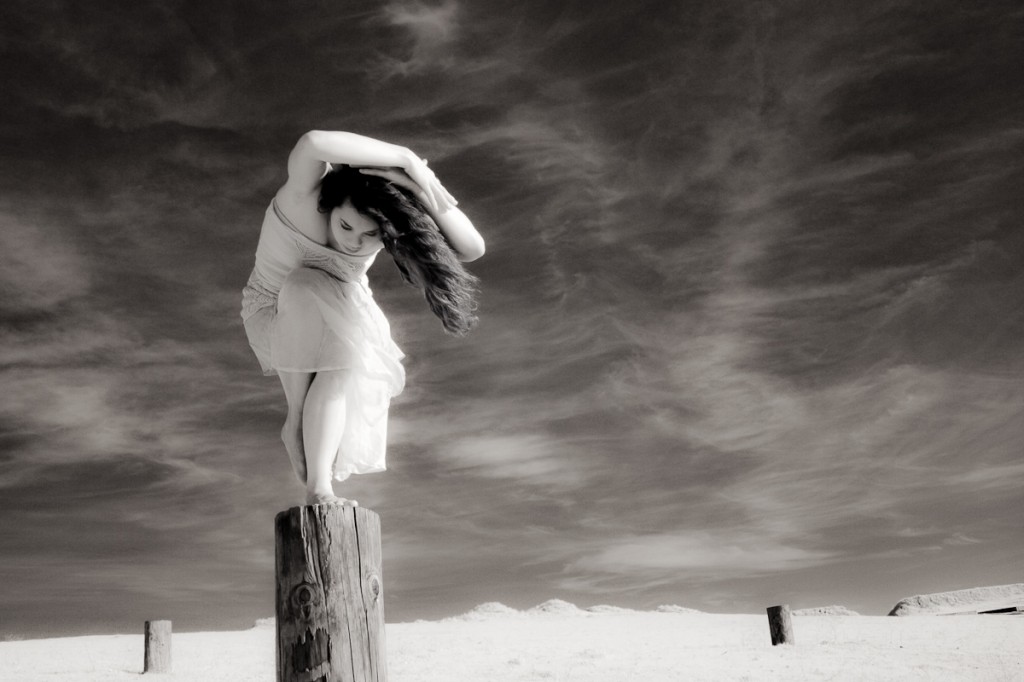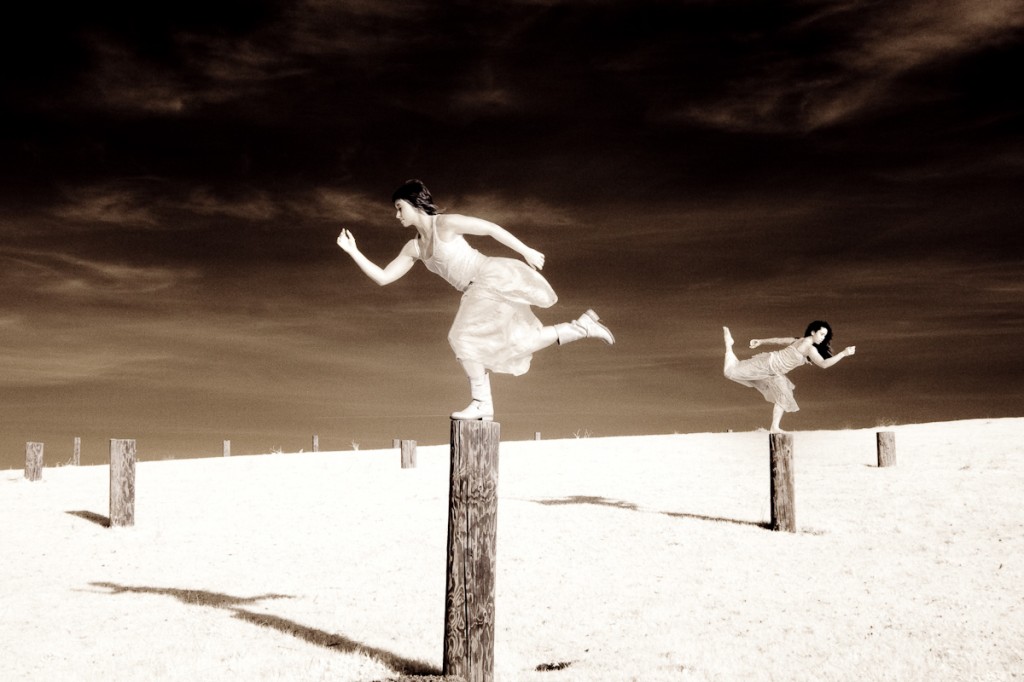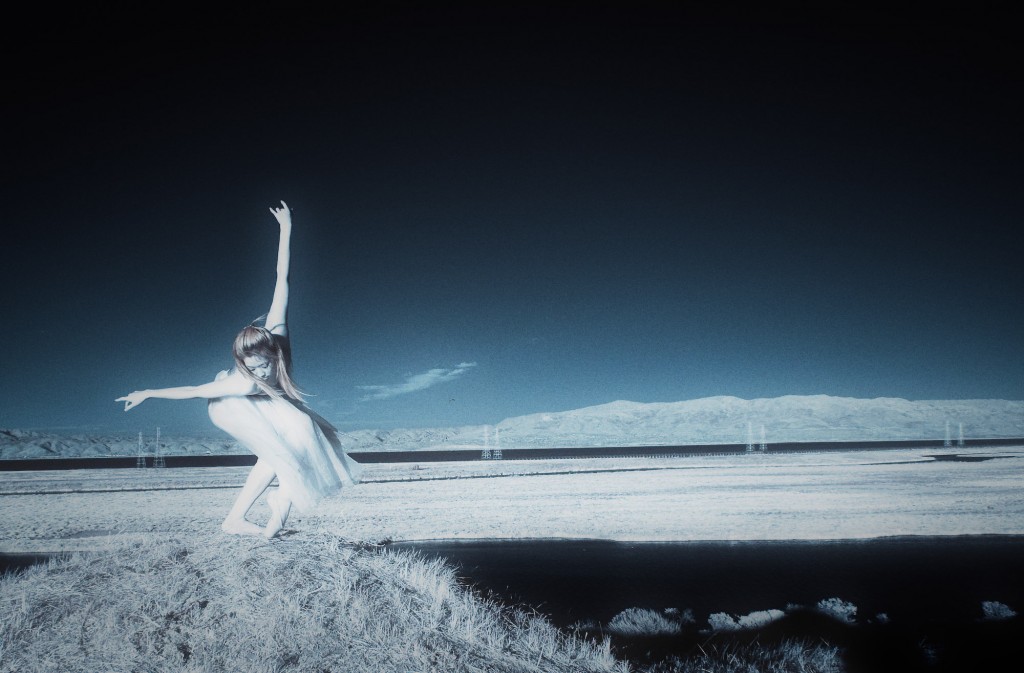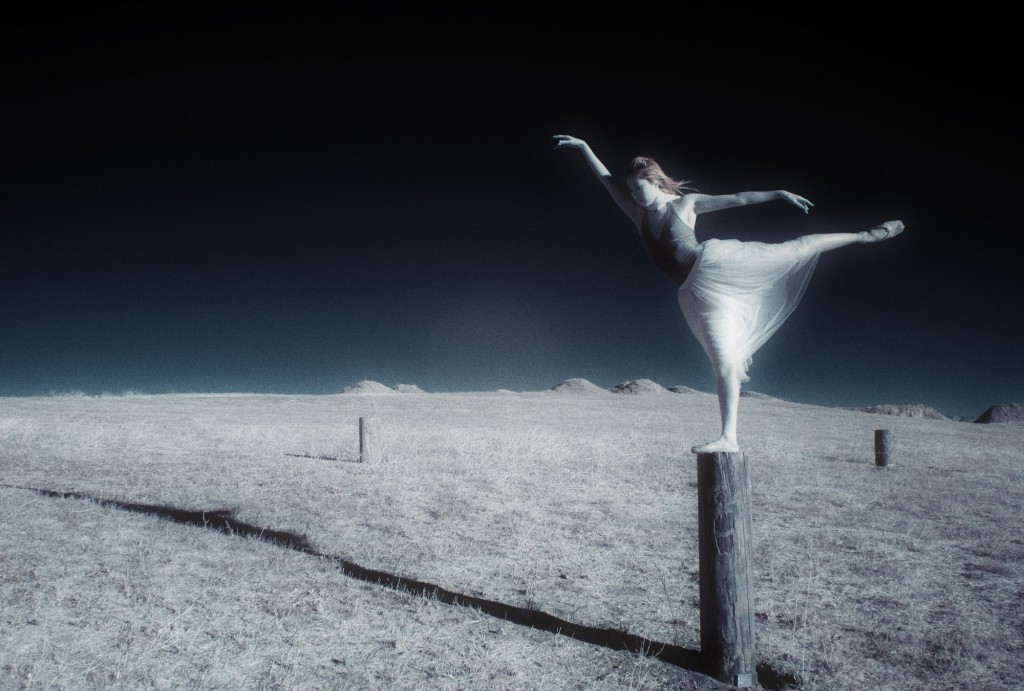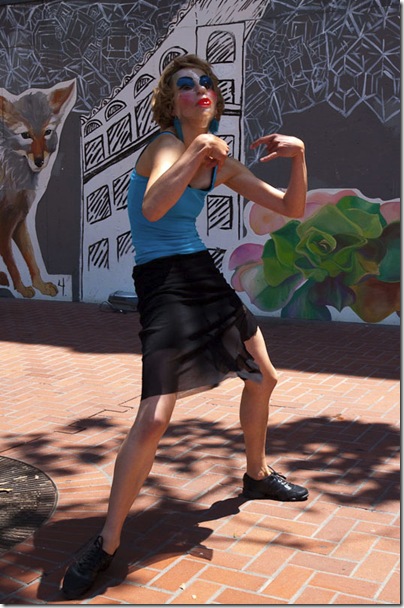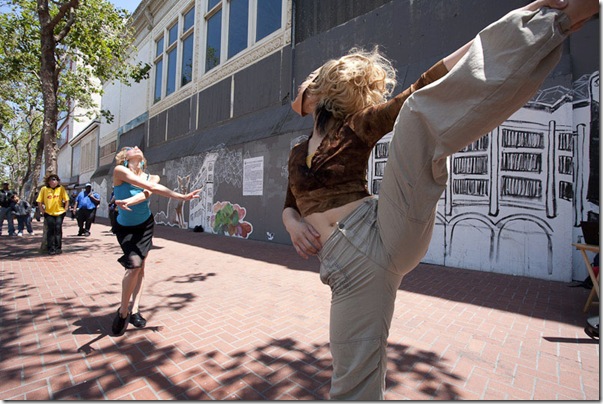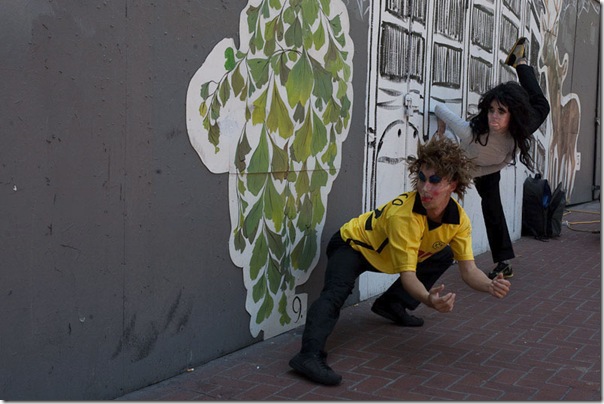(To see more photos related to this blog, watch my Flash post cards, or the Album on Facebook)
While I was documenting Sailing away on market St, I was fascinated by the people walking by on street. Who are they? Where are they here? What do they want? Where are they from?… Questions are endless.
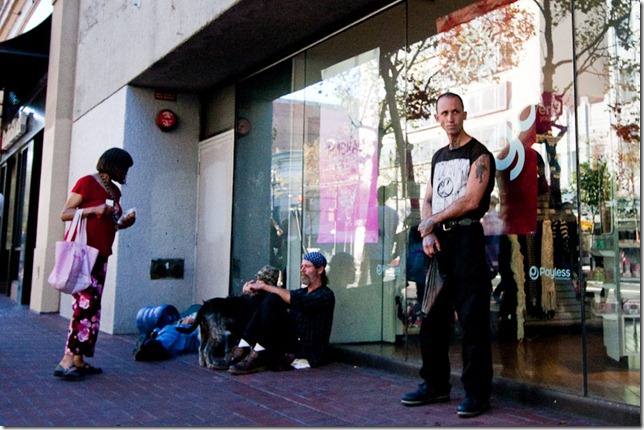
Once you start looking, each person is so unique and interesting. And each corner of the street is filled with stories. I decided to document them. Not to cause attention, I mostly “shoot from hip”, and not worry too much about technical controls like composition, exposure, etc. The result is a set of photos that surprises me almost in every shot. It shows me how much I didn’t see while walking around the street, and how much I would have missed had I shot in a controlled manner, i.e., using my “sounding judgment” in taking photos. Each unplanned lighting and angle reveals some story behind. To preserve that sense of surprise and discovery, I choose to not processing and not weeding out much on those photos. They are presented like a mirror ball with many small facets, each reflects it’s own angle of the reality.

This post might not seem to be directly related to dance photography, but it is reflects my thinking about how to break boundaries in making image of dancing, those boundaries imposed by our own knowledge, experience, and aesthetic preference.

Some thoughts,
Can we really make right choice for our future in life? Some research has indicated that the best choice is actually made by ask people who is old and has had a lot of life experience.

We want to think that we can make right choice if we just think hard enough. But the situation is such that we rarely have all the necessary information to help us making decision, not to mention that future is highly uncertain. Some study in project development shows that, as you spend more time to plan ahead, the quality of planning initially will improve, but levels off at certain point. After that, surprisingly, the quality of planning goes down as you spend more time. The reason? Giving the uncertain nature of the future, there is probably not enough information available for making a more detailed plan. So insisting on more planning is just fooling yourself.
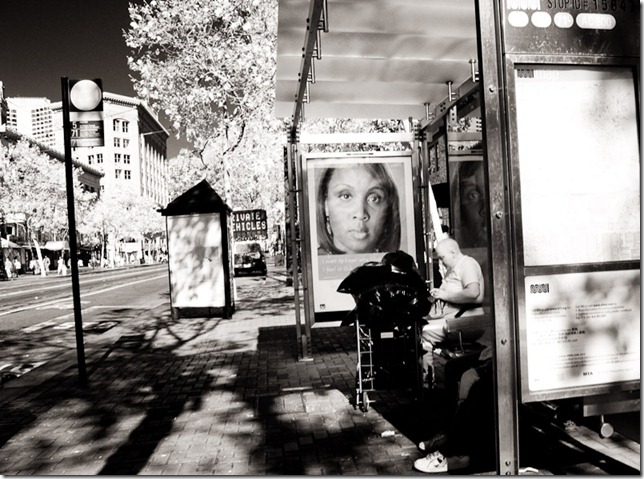
The software industry discovered this in a painful way. At first, engineers thought they had full control of the future. The process choice for software development at the time was called “water-fall-model”. First, you do all the background research, then decide what you want to build, then make a perfect plan, then assemble, then test, then deploy. It all sounded very good except that you can never really know enough to make that perfect plan, unless, if you are the engineer god, Apple cofounder, Steve Wozniak. What happened to most of the project was that major risks were discovered late in the development, and the whole thing has to start over again.
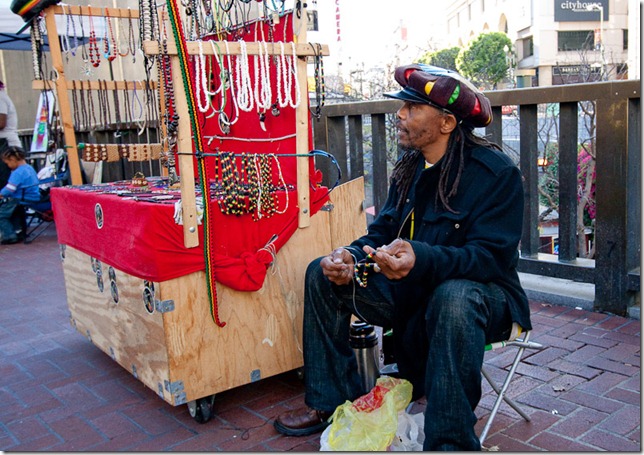
Engineers are quick learner. So the industrial process standard of today is called “Agile Process”. In this process, you no longer need to make that perfect plan to get started, you just need to have a OK plan, then you go, constantly re-evaluate and adjust your plan as soon as you have any major new information. This process acknowledges the fact that software making is a creative activity, so its process is as much an art process as an engineering process. When you make a piece of art, you usually don’t have a clear idea of what you are making, often you don’t have any idea at all. The piece you are making slowly takes on it’s own life, and you are there to help it grow. Engineering process, on the other hand, appears to have a clear goal as well as functionality requirement. This has been proven to be an illusion in modern software development.
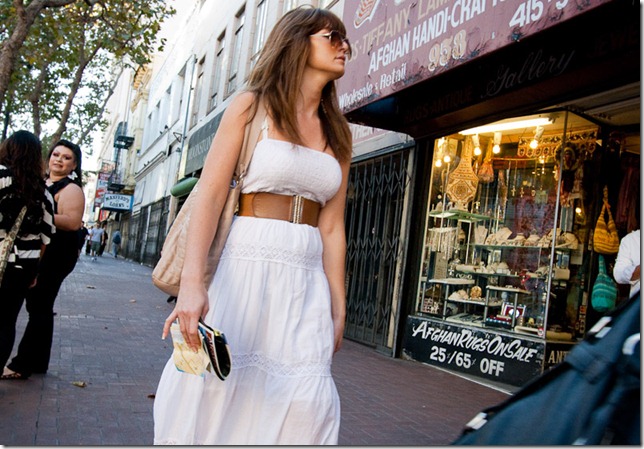
So, letting some control go during a creative process allows room for newly available information to be incorporated. How about making itself. Do we really know everything to make every choices? We are probably limited more by what we know than what we don’t know. It took revolutionary thinking for physicists trained in classical physics to accept quantum physics. We usually see what we are looking and hear what we intend to hear. Much of the communication difficulty among people is not because we don’t
speak the same language, rather because our brain is highly selective in processing the information. 
So, is there a way to help us to break this limitation imposed by our own intelligence? This experiment suggests that if we let our control go, we might actually see more than we normally can. The world is full of fresh and interesting things. It’s just we always wear strongly colored filter glasses and only allow us to see certain spectrum.
















